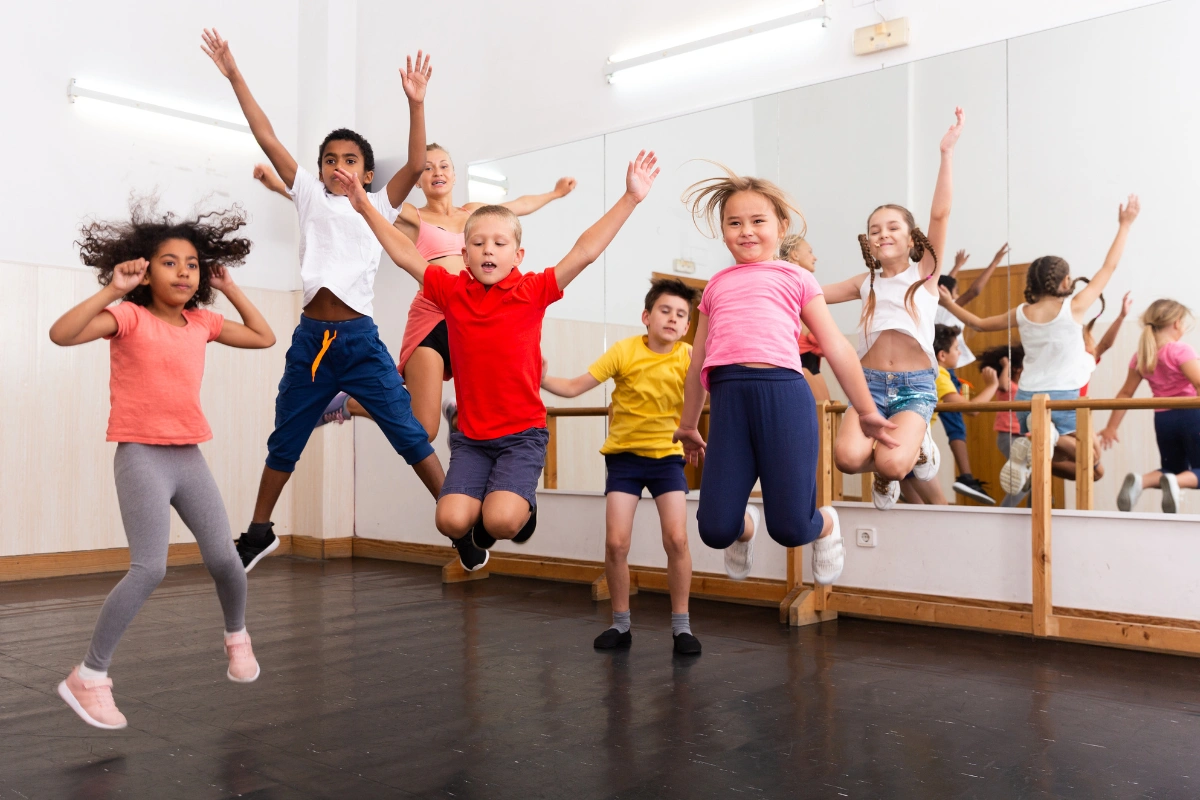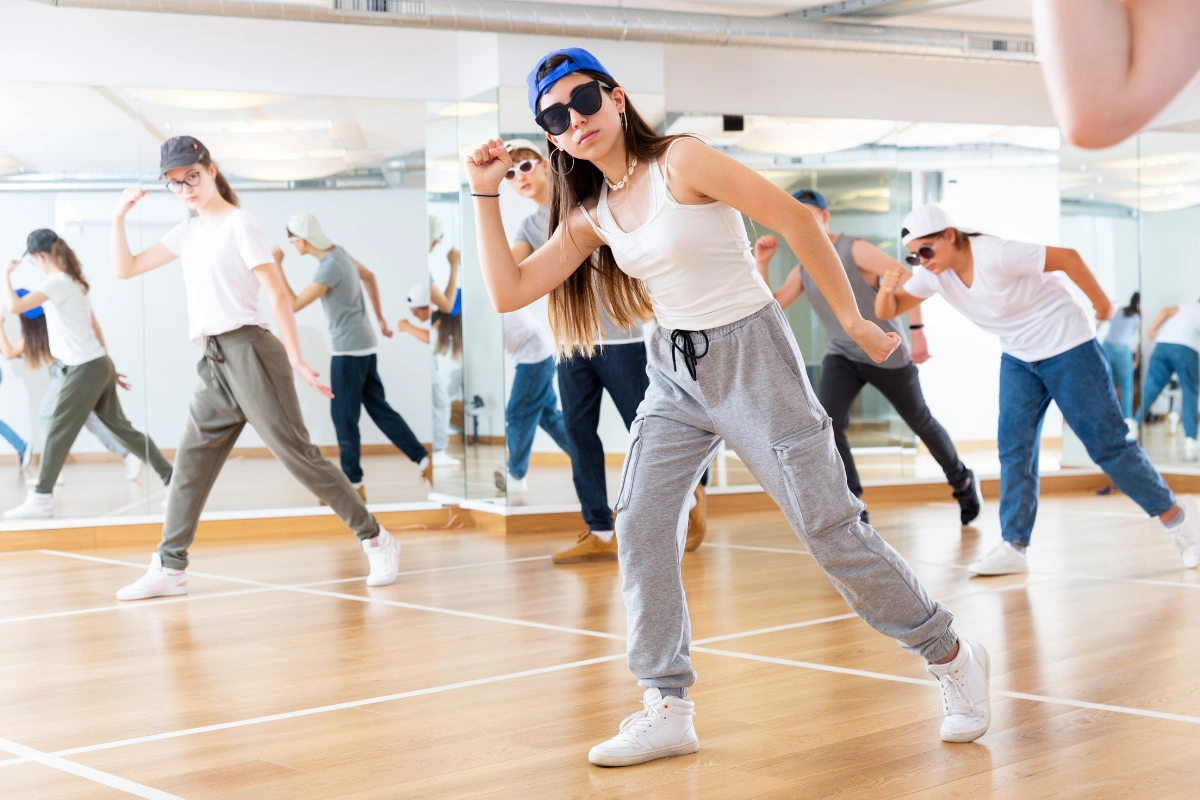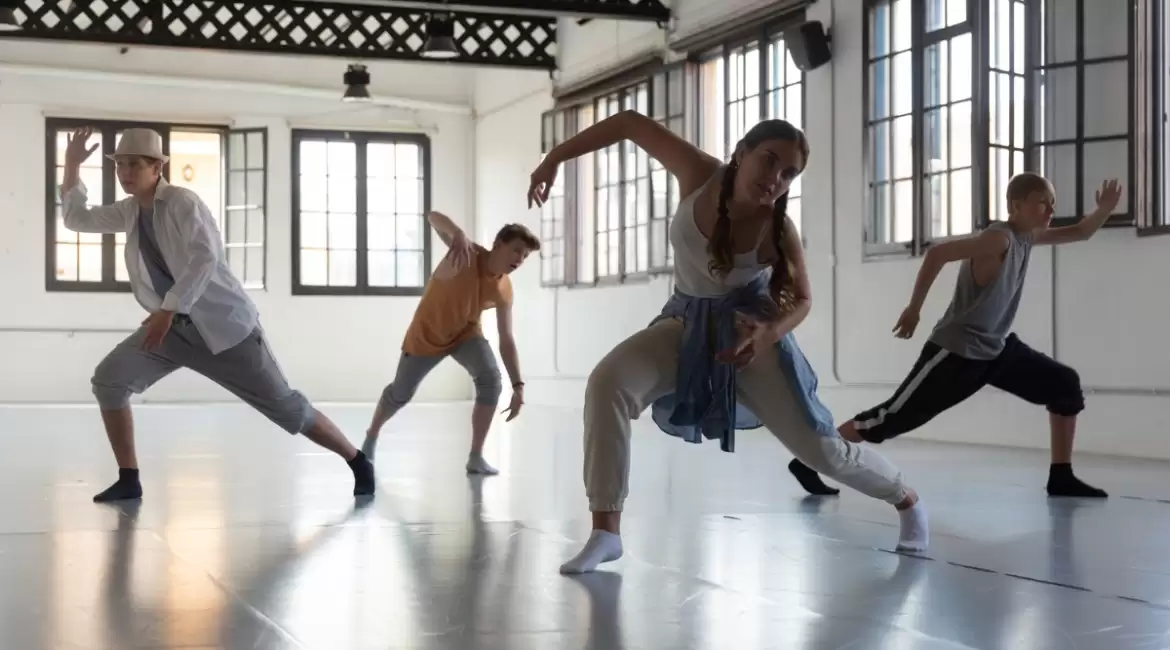Embarking on a dance journey is an exhilarating and fulfilling experience, but finding the right dance studio to call home is crucial to your growth and enjoyment as a dancer. Whether you’re a novice eager to explore the world of dance or a seasoned performer seeking a new space to hone your skills, selecting the perfect studio can significantly impact your journey. With numerous options available, each boasting unique offerings and atmospheres, it’s essential to know what to look for in a dance studio. From the quality of instruction to the studio’s facilities and overall environment, several factors can influence your decision. In this guide, we’ll delve into the key aspects to consider when choosing a dance studio, empowering you to make an informed and rewarding choice that aligns with your goals and aspirations.
What is a dance studio? A dance studio is a dedicated space designed for teaching and practicing dance. It typically consists of a large open floor area, often with mirrors lining the walls to aid in technique refinement and self-assessment. Dance studios may cater to various styles of dance, such as ballet, hip-hop, contemporary, ballroom, salsa, or jazz, among others.
In addition to the main dance floor, a studio may have amenities such as changing rooms, bathrooms, waiting areas for parents or guardians, and sometimes even a small retail section for dancewear and accessories. Some studios also offer additional facilities like fitness equipment, lounge areas, or performance spaces.
Dance studios serve as hubs for dancers of all ages and skill levels to receive instruction, practice, and develop their craft. They provide a supportive and creative environment where dancers can learn technique, choreography, musicality, and performance skills under the guidance of experienced instructors.
Many dance studios offer a variety of classes, workshops, and training programs tailored to different age groups and skill levels, ranging from beginner to advanced. Some studios may also host events, competitions, recitals, or performances to showcase the talents of their students.
Overall, a dance studio is not just a physical space but also a community where individuals passionate about dance come together to learn, grow, and express themselves through movement.
Instructors, not just chorEOGRAPHERS
Instructors are more than just choreographers; they are mentors and guides on your dance journey. Take the time to research who teaches at the studio. These individuals will not only impart dance moves but also shape your understanding and passion for the art form. Dive into their websites, YouTube channels, and social media platforms to gain insight into their dance styles, backgrounds, and personalities.

What are choreographers? Choreographers are individuals who create and design dance sequences or routines. They are essentially the architects of movement, crafting choreography that encompasses various steps, movements, gestures, and formations to convey artistic expression or storytelling through dance. Choreographers work across a wide range of dance genres, including ballet, contemporary, jazz, hip-hop, and more.
Their role involves conceptualizing and planning the movement vocabulary, selecting music or sound accompaniment, and organizing dancers or performers to bring the choreography to life. Choreographers often draw inspiration from diverse sources, such as personal experiences, cultural influences, music, visual arts, literature, and social or political themes.
In addition to creating original choreography, choreographers may also restage existing works, adapt choreography for specific productions or events, or collaborate with other artists, such as directors, composers, costume designers, and lighting designers, to create cohesive performance pieces.
Choreographers possess a deep understanding of movement principles, dance techniques, and compositional elements, allowing them to craft sequences that are visually captivating, emotionally resonant, and technically challenging. Their creative vision and artistic direction play a pivotal role in shaping the dance landscape, influencing both performers and audiences alike.
By immersing yourself in their content, you’ll be able to identify instructors whose teaching approach resonates with you. Once you’ve found a dancer whose style you admire, don’t hesitate to enroll in their class. After all, the true test of an instructor’s ability lies in the classroom.
During the lesson, observe how prepared they are. Are they able to effectively communicate their movements and intentions? Can they guide you through the intricacies of dance, rather than simply dictating steps? Alternatively, do they struggle to recall their own choreography, leaving you feeling lost?
A skilled instructor prioritizes the growth of their students above all else. A reputable studio will curate a lineup of instructors who are committed to fostering your development as a dancer. So, choose wisely, for the right instructor can make all the difference in your dance journey.
The dance studio’s condition & maintenance
The condition and maintenance of a dance studio encompass far more than just its physical appearance. While the type of flooring is crucial – wood sprung or “floating” floors being optimal for dancers due to their shock-absorbing properties and injury prevention capabilities – there are numerous other factors to consider.
Beyond the floors, the overall upkeep of the studio speaks volumes about its dedication to safety, cleanliness, and professionalism. Clean and well-maintained bathrooms, along with organized registration areas, may seem like minor details, but they reflect the studio staff’s commitment to providing a positive experience for their students.
In essence, the studio’s physical condition is a manifestation of its work ethic and attention to detail. Just as taking the time to groom oneself demonstrates self-care and respect, maintaining a studio reflects the establishment’s commitment to ensuring a welcoming and conducive environment for dancers.
Therefore, when evaluating a studio, it’s essential to consider how it prioritizes the comfort and satisfaction of its clientele. By paying attention to these aspects, you can gauge the level of care and professionalism that the studio extends to its customers.

Reasonable pricing
When considering the pricing of dance classes, it’s essential to assess whether the costs align with the value provided. While average class fees can vary depending on the location, it’s prudent to compare them with those of similar classes offered at other studios in your area.
If there’s a significant disparity in pricing between studios—for instance, one charges $10 for a drop-in class while another charges $50—it’s logical to opt for the more affordable option, especially if you’re on a tight budget.
However, when the price discrepancy is marginal, such as choosing between a $10 class and a $12 class, prioritizing quality instruction and overall experience becomes paramount. In such cases, investing the additional $2 for a superior learning environment and instruction can be worthwhile.
Ultimately, the key consideration should be the value proposition offered by the studio. If the higher-priced class delivers tangible benefits, such as exceptional instruction, personalized attention, or access to top-notch facilities, then the extra cost may be justified.
Choosing a cheaper option solely based on price can sometimes result in a subpar experience, which is not only a waste of money but also of valuable time and effort. Therefore, it’s prudent to prioritize value over cost and seek out opportunities that offer more significant benefits for your investment. After all, getting more “bang for your buck” ultimately leads to a more fulfilling and rewarding dance experience.
Training PROGRAMS
Training programs provide invaluable structure and direction to your dance journey, particularly if you’re new to a particular style. Rather than navigating through a myriad of classes wondering if you’re in the right one, enrolling in a program offers clarity and a clear path towards your goals.
These programs typically consist of a series of classes meticulously designed to guide you towards specific objectives, whether it’s shedding pounds through cardio hip hop or mastering the intricacies of ballroom dance. While many studios primarily offer drop-in classes, there are those that cater specifically to adults or teens through tailored programs tailored to meet the needs of dancers like yourself.
By committing to a program, you not only receive comprehensive training but also cultivate a consistent routine, encouraging regular attendance at the studio. This structure helps to overcome the unpredictable whims of motivation and ensures steady progress towards your aspirations.

In the vast landscape of dance studios, there are countless establishments brimming with resources and opportunities to become your dance haven. When selecting the right studio for you, it’s essential to prioritize your individual needs and preferences. Whether it’s the teaching approach, class variety, or studio atmosphere, finding the perfect fit can significantly enhance your dance experience and serve as a supportive home base throughout your journey. Therefore, take the time to explore your options and choose a studio that aligns with your aspirations and values, ultimately enriching your dance experience and fostering your growth as a dancer.
Summary
Choosing the right dance studio is essential for dancers of all levels, as it can significantly impact their growth and enjoyment. This guide explores the key factors to consider when selecting a studio. From the quality of instruction and variety of classes to the studio’s facilities and overall atmosphere, each aspect plays a crucial role in shaping the dance experience. By understanding what to look for in a dance studio, dancers can make informed decisions that align with their goals and aspirations, ultimately fostering a fulfilling and rewarding journey in dance.


Leave a reply